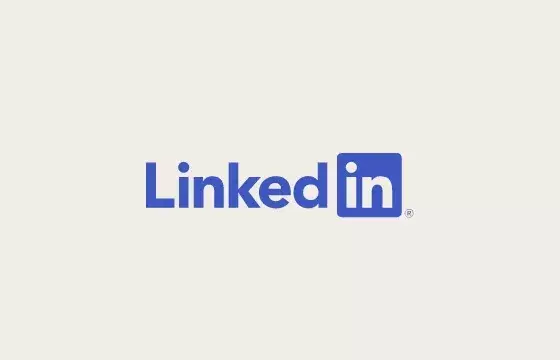Microsoft’s consistent claims of “record levels of engagement” on LinkedIn have become somewhat of a routine. Since 2018, every update has included this statement without much further insight or clarification. It makes one wonder, is this truly a surprise?
The History of “Record Engagement”
Looking back at the track record of these claims paints an interesting picture. Starting from October 2018, each update has boasted increasing numbers – sessions growing by percentages like 34%, 30%, and 24%. Fast forward to January 2023, where we see a steady pattern of growth and record engagement being highlighted every step of the way.
LinkedIn proudly states it has over a billion members worldwide. However, the question arises – how many of these members are active users? With the distinction between “members” and “users,” it’s essential to recognize the difference. The recent closure of LinkedIn’s Chinese business adds another layer of complexity to this issue, with potential discrepancies in member counts.
While LinkedIn celebrates its “record levels of engagement,” the key metric should be active user interaction. Simply having a large number of members does not guarantee continuous usage. The comparison to other platforms, like the one formerly known as Twitter, and their dormant profiles sheds light on the importance of distinguishing between active and inactive users.
The Revenue Boost
Despite the vague statements about “all lines of the business” driving a 10% revenue increase, there is a lack of specificity in Microsoft’s claims. This lack of transparency raises questions about the true health of LinkedIn’s business and whether the reported engagement numbers truly reflect the platform’s overall performance.
While Microsoft continues to tout LinkedIn’s “record levels of engagement,” a closer examination reveals a more complex reality. The focus should shift from mere percentages and broad statements to a deeper analysis of active user interactions and the platform’s long-term sustainability. Only then can we truly understand the true story behind the numbers and ensure a more accurate portrayal of LinkedIn’s success.


Leave a Reply